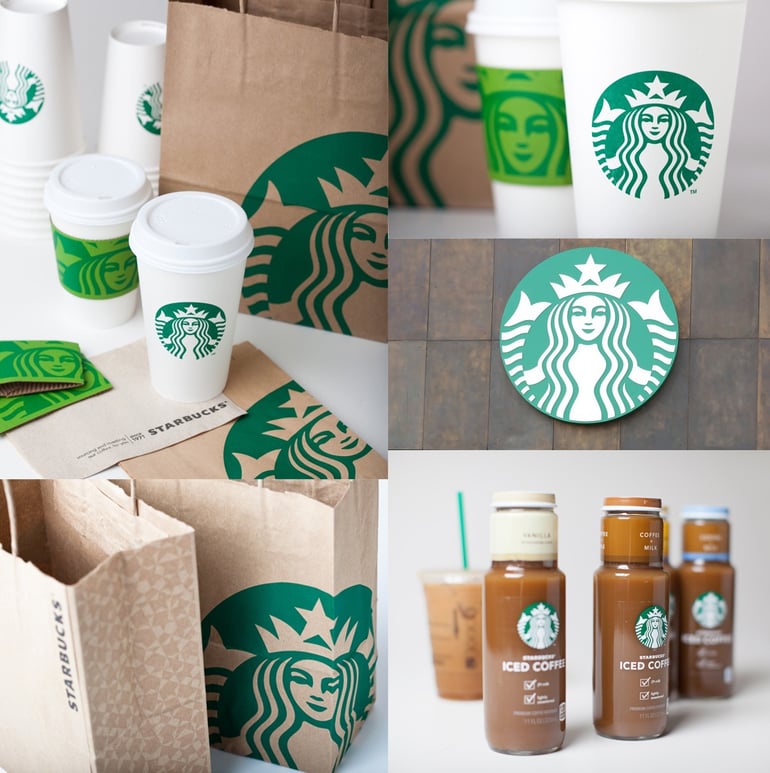When people think of a company, the first thing that comes to mind isn't the founder, the origin story, or the hard working staff that make 'it all' possible. They think of the logo: the image they look for on store packaging, the design that dominates the upper section of the web page, and the icon they tap on their phones to open the app. Your logo is the face of your company which influences your client's perception of the entire organization. What people expect from your business can be surprisingly based on their reaction to the logo. A company with a stylistic tree logo, for example, will be assumed to have more eco-friendly policies and will appeal to 'green' clients even if never says or does anything to promote or improve conservation.
Elements of a Logo
Ideally, a logo is designed through a combination of efforts between the founder, marketing team, and the graphic designer who draws it. While this may seem like a big team to design a single image, all of these influences are necessary to make sure the logo covers all its functional bases. First, it needs to have the spirit and style of the company. Then it needs to appeal to the target audience. Finally, it needs to be aesthetically pleasing and fit the form requirements for a modern logo. A logo that fails on any of these fronts will do a disservice to the company it represents and should be redesigned or replaced.
What's Makes a Great Logo?
When a designer begins on a new logo project, he spends a lot of time trying to understand both the organization and its audience. We'll get to the process of learning what a logo needs to "say" later, but first, let's talk about what makes a great logo in the first place.
Successful logo designers follow many of these principles of logo design:
- Simplicity: Is the design simple and clean enough to be flexible and easily recognizable? Is it not too busy, distracting, or confusing?
- Memorability: Is it quickly recognizable? Will people only have to spend a second or two thinking about it to get it?
- Timelessness: Will it still be a great logo in 10, 20, or even 50 years?
- Versatility: Does it scale to different sizes without losing quality? Will it work across various media and within different contexts?
- Appropriateness: Does it resonate with the desired audience?
Graphic Designer Tyler Littwin, who creates logos for HubSpot and other organizations, says these five principles are great for keeping designers from going too crazy when designing a new logo.
"Designers have a tendency to get excited about the prospect of designing stuff that looks cool and uses cool, new styles," Tyler told me. "But when you're designing a logo, you're ultimately solving for a problem. You're trying to convey something simply that gets across the core tenets of an organization and what that organization does. Keeping these five things in mind prevents you from getting carried away with the flash of what you're doing. It keeps you honest."
The Company Style
 Every company has a style that makes it distinct among other companies in the same industry. This style permeates everything they do, from the products they make to the behind-the-scenes business procedures. People who like the style will apply to open staff positions, further reinforcing this style as employees enact it from the inside out. Take for example a company with a smiling cartoon sunflower for a logo who sells trail mix for young children. From marketing to health-and-safety, they will draw employees that love children and that care will show through in their work. Their customers will mostly be parents who want to provide their children with healthy snacks. A company selling an identical product represented by a basketball entering a net will draw sporty employees who love high-energy food, and their customers are more likely to be athletes.
Every company has a style that makes it distinct among other companies in the same industry. This style permeates everything they do, from the products they make to the behind-the-scenes business procedures. People who like the style will apply to open staff positions, further reinforcing this style as employees enact it from the inside out. Take for example a company with a smiling cartoon sunflower for a logo who sells trail mix for young children. From marketing to health-and-safety, they will draw employees that love children and that care will show through in their work. Their customers will mostly be parents who want to provide their children with healthy snacks. A company selling an identical product represented by a basketball entering a net will draw sporty employees who love high-energy food, and their customers are more likely to be athletes.
The Target Audience
Let's stick with the trail mix example. Imagine your bag of trail mix sitting in line with other brands of trail mix with similar ingredients. Customers eyes scan the shelf and identify something familiar and friendly to them. Parents look for the sunflower, athletes look for the basket ball, etc. You could almost say that your customers form a relationship with the logo itself, relating to it in the store and online. They automatically assume that a company with a relatable logo must understand them and have their best interests at heart. This is why your marketing team needs to be represented during logo design, but is easiest to accomplish if you have a graphic artist trained in marketing.
The Logo Design
The modern logo has to serve in a dozen different capacities. On products, in websites, as app icons, on promotional items, and in commercials. It needs to look good at any size, in round or square frames, in grayscale or full color. It must be approximately regular (about the same distance from the center in all places) and be able to conform with any icon standard. On top of all this, it also has to be well-designed and aesthetically pleasing. Fortunately, these requirements have become commonplace and many experienced designers will be able to combine the style, intent, and form of a comprehensive all-purpose logo for your company.
Make sure when you hire a logo designer for your brand, you also consider having them delop a brand identity style guide. This will relieve headaches and the watering down of your brand messaging if you follow the guidelines the designer sets out for your brand right from the beginning. In the example below, Starbucks successfully comunicates their brand across all forms of materials from their simple and iconic cups to packaging, signage and product design. At a glance and without the need for their name even showing, you know exactly which brand this is and their esthetic.

New businesses have everything to gain from starting out with the right branding. A perfect logo can become the center of your new brand, gaining notoriety and customer affection from the very beginning. Even if you're an established business with a known brand, it's never too late to work with a talented designer and 'renovate' your logo if it is not working for you. The right ad campaign can turn the change into a promotional sales boom as you introduce your clients to a new, modernized, and more appealing face for your company.
Interested in establishing or changing up your brand? Contact us today for more information or to start your consultation with one of our expert branding strategists.





Let Us Know What You Thought about this Post.
Put your Comment Below.